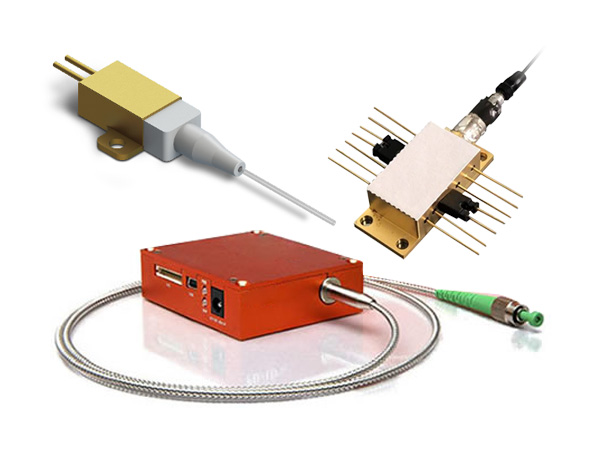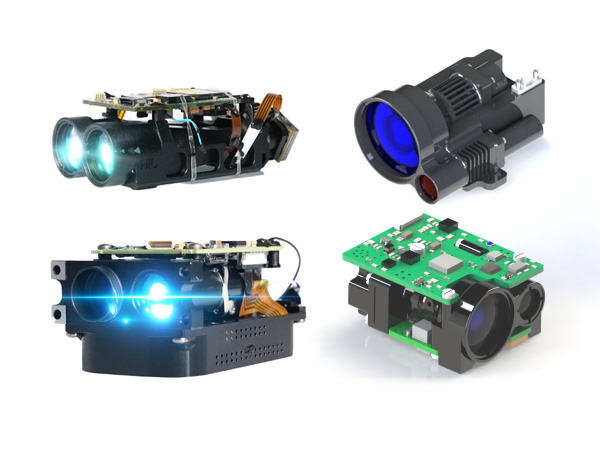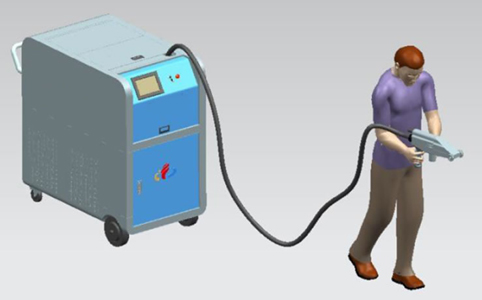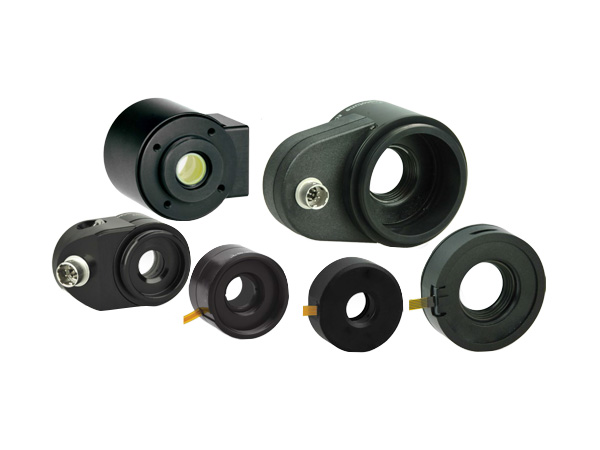First Pulsing Control of AO Q-switch Drivers
When Q-Switching lasers at high repetition rates, it is normal to observe a giant first pulse after a pause in operation. For many applications this excess energy must be dissipated before or during the next modulation cycle. For example, in laser markers, when the time taken for the scanning head to move to a new location exceeds the repetition rate, the next mark can be more intense and hence may appear inconsistent or even result in damage to the substrate.
Our RF driver can be manufactured with any one of four pulse control options.
First Pulse Suppression Options
|
FPS (First Pulse Suppression) |
A TTL input triggers automatic ramping of the ‘RF off level’ allowing controlled release of the first pulse whilst materials processing. |
|
PPK (Pre-Pulse Kill) |
A TTL input triggers automatic ramping of the ‘RF off level’ allowing controlled release of the first pulse prior to materials processing. |
|
RF Off Analogue Control (R05) |
Manual control of the ‘RF off level’ (1-5V) allows controlled release of the first pulse whilst materials processing. |
|
Analogue Modulation (A05 or A13) |
Complete manual control of the RF level (0-5V or 2-13V) allows for PPK or FPS type suppression. (This option has certain requirements from your analogue voltage) |
For R39041-20DM-ZZZ (ZZZ=FPS, PPK, R05 or A05), Switches 3 & 4 of SW1 are set as follows:

|
Pulse control option (ZZZ) |
Status of Switch 3 |
Status of Switch 4 |
|
FPS |
On |
Off |
|
PPK |
On |
On |
|
R05 |
Off |
Off |
|
A05 |
Off |
On |
SW1 on above setting is A05 (Switches 3 & 4 are set as off and on, respectively). If you want to change its setting and then change pulse control option, just change SW1 setting as above table.
1. First Pulse Suppression (FPS)
With this method, the excess energy of the giant first pulse is dissipated within the first few laser pulses.
To enable this, a TTL input (FPS trigger) must be provided at the start of the modulation cycle, triggering an automatic RF power ramp.
The shape of the ramp is manually adjustable using a series of trimpots onboard the driver.

2. Pre-Pulse Kill (PPK)
With this method, the excess energy of the giant first pulse is dissipated before pulsed laser output begins.
To enable this, a TTL input (PPK trigger) must be provided in advance of the modulation cycle, triggering an automatic RF power ramp. The shape of the ramp is manually adjustable using a series of trimpots onboard the driver.

3. RF Off Analogue Control (R05)
This method enables full manual control of FPS using an analogue input to control the RF off level by ramping the voltage at the beginning of the pulsed laser output.
This function can also be used to control the laser pulse power as illustrated.
Between 0 and 1V, the RF off level is zero. From 1 to 5V the RF level varies from zero to full power.

4. Analogue Modulation (A05 / A13)
An analogue input enables manual control of the RF power output, allowing FPS type suppression by modulating and ramping the voltage simultaneously, or PPK type suppression by simply ramping the voltage between modulation pulse trains.
Additionally, this control input can be used to vary the laser pulse power level. This option is available as either 0 to 5V (A05) or 2 to 13V (A13). Note that TTL modulation cannot be applied at the same time as the analogue input.

For more information on Q-switch drivers, please click here.
 English
English Français
Français Deutsch
Deutsch euskara
euskara Русский язык
Русский язык Italiano
Italiano Português
Português Nederlands
Nederlands Polski
Polski Greek
Greek Lietuva
Lietuva Türkçe
Türkçe 日本語
日本語 한어
한어 中文
中文 தாமில்
தாமில் فارسی
فارسی हिंदी
हिंदी Tiếng Việt
Tiếng Việt ภาษาไทย
ภาษาไทย Pilipino
Pilipino Indonesia
Indonesia தாமில்
தாமில்





